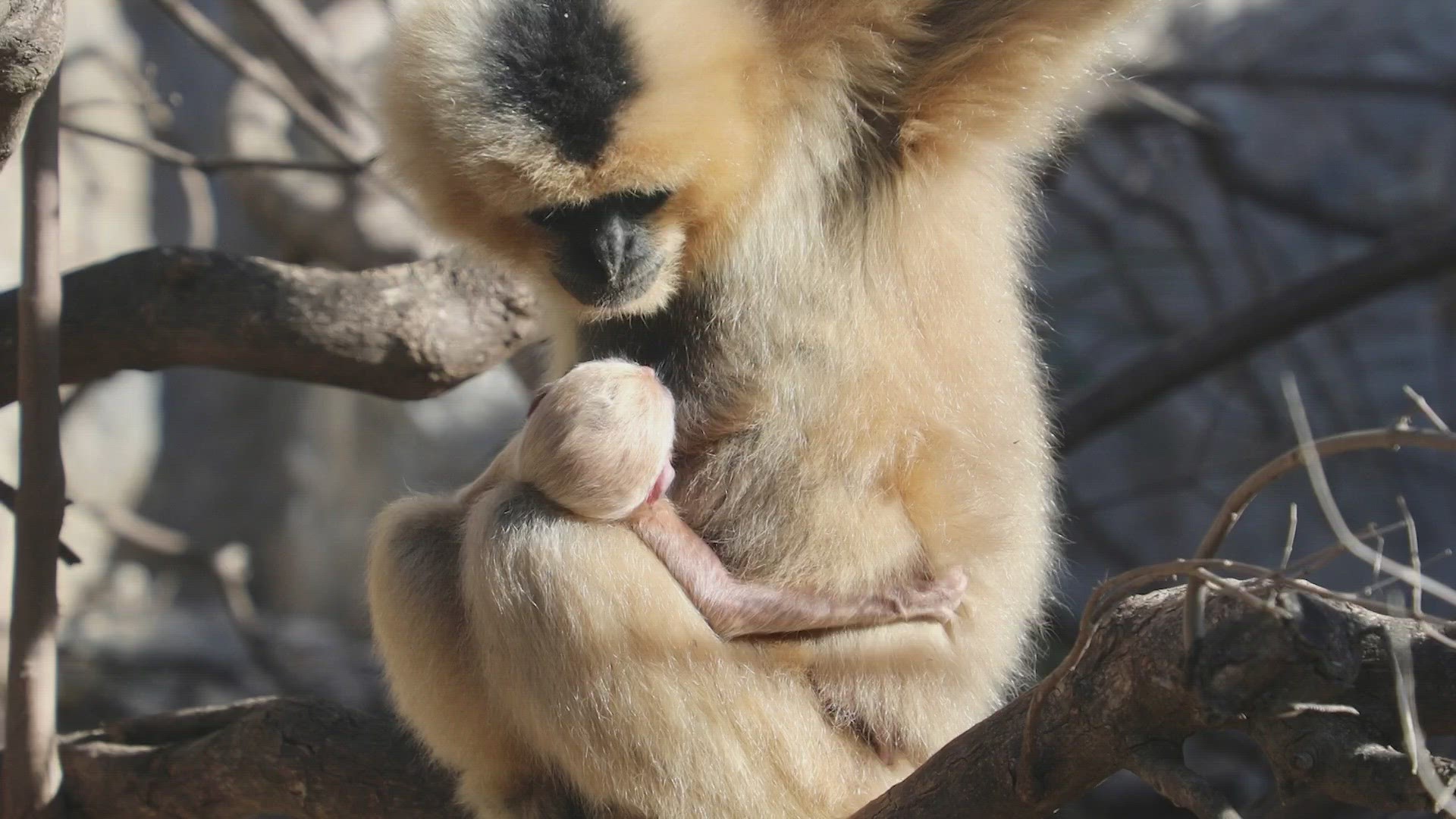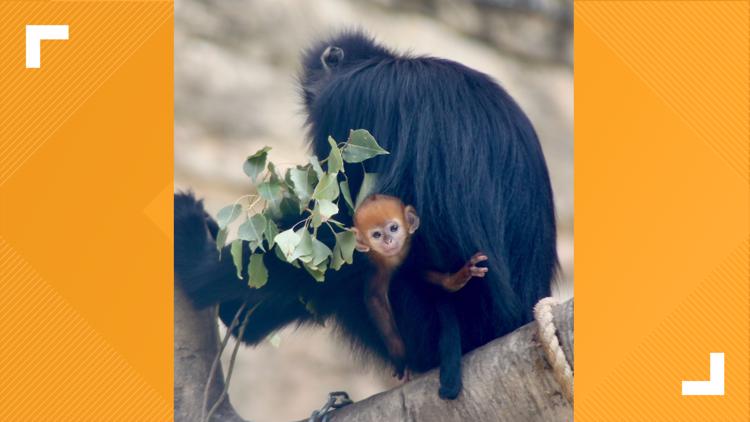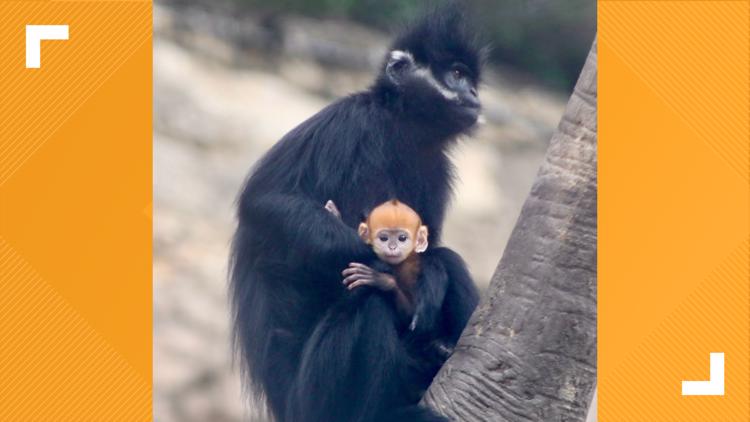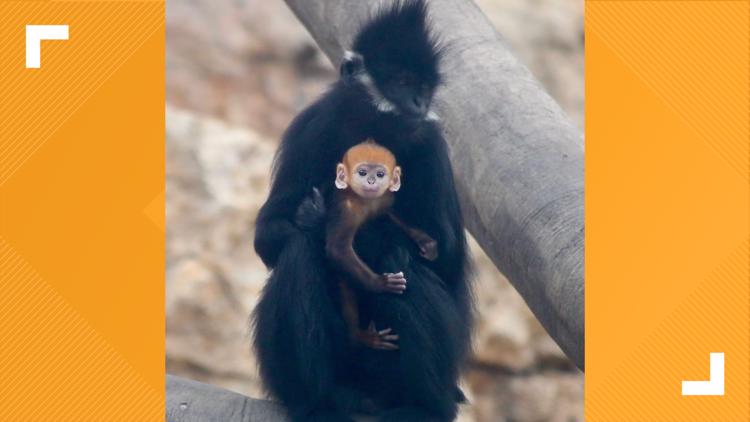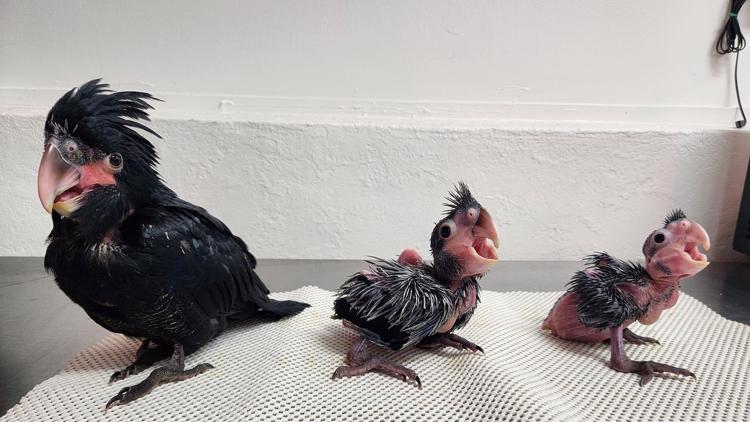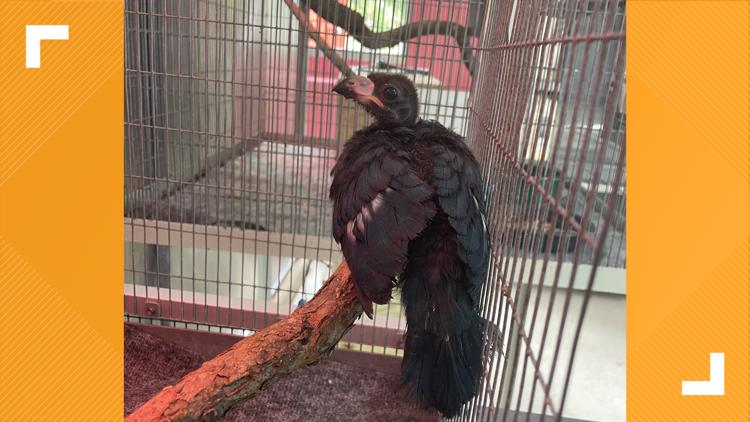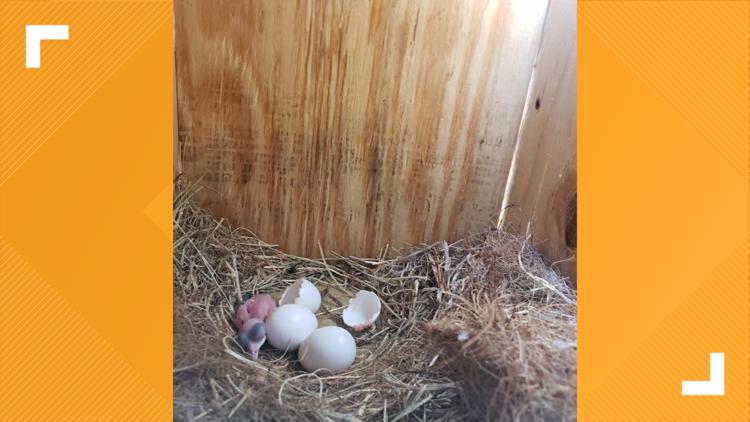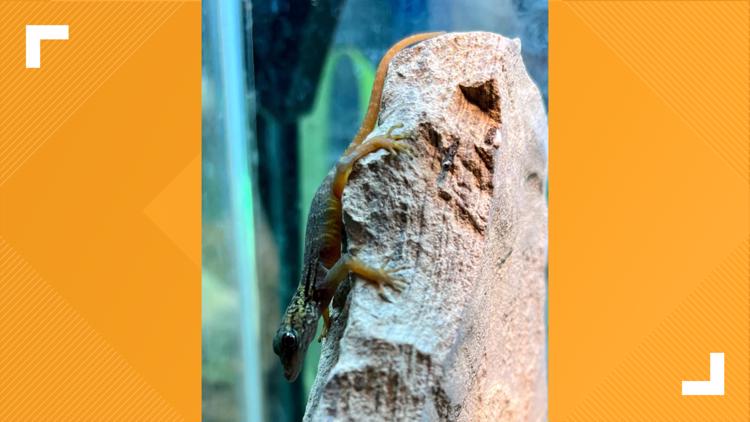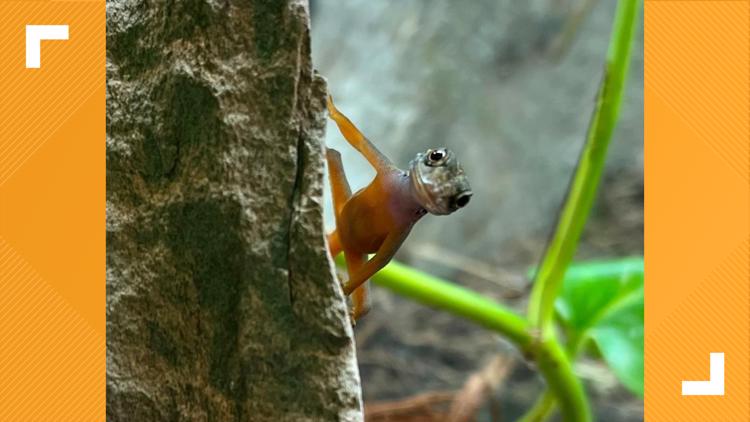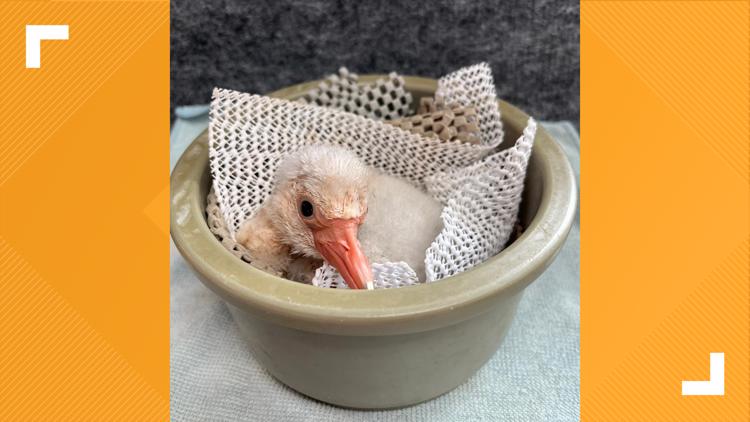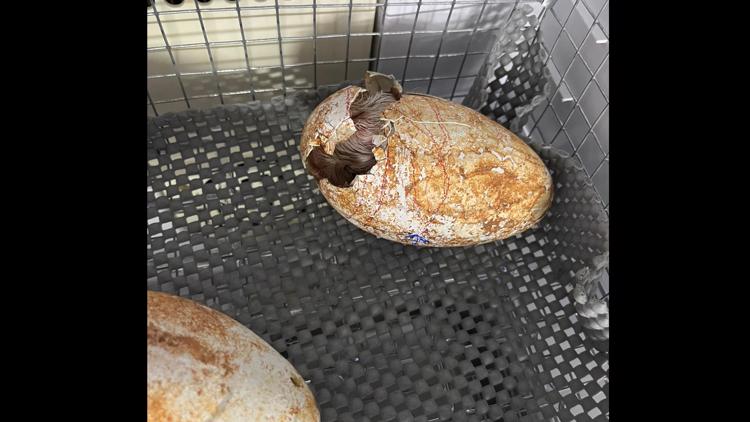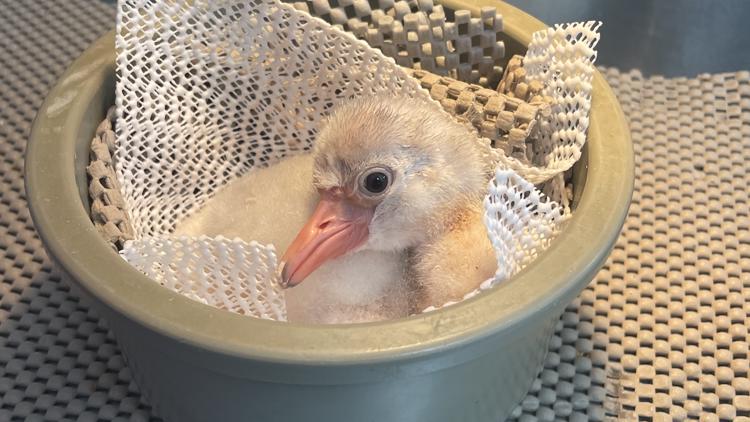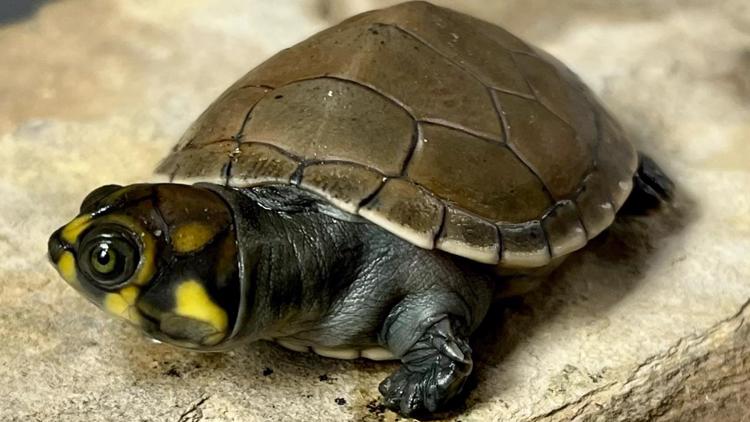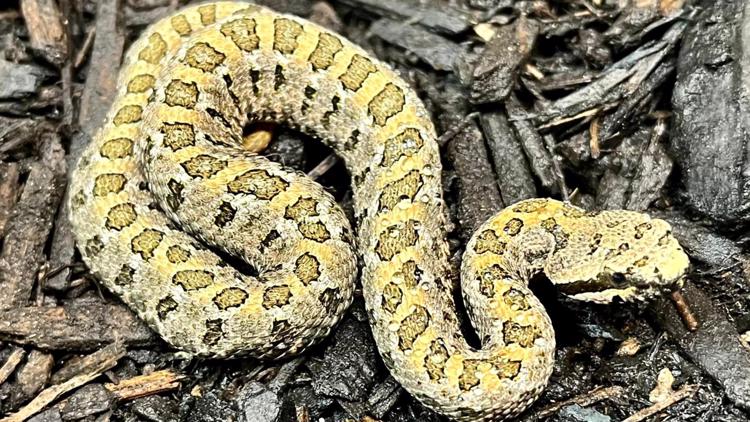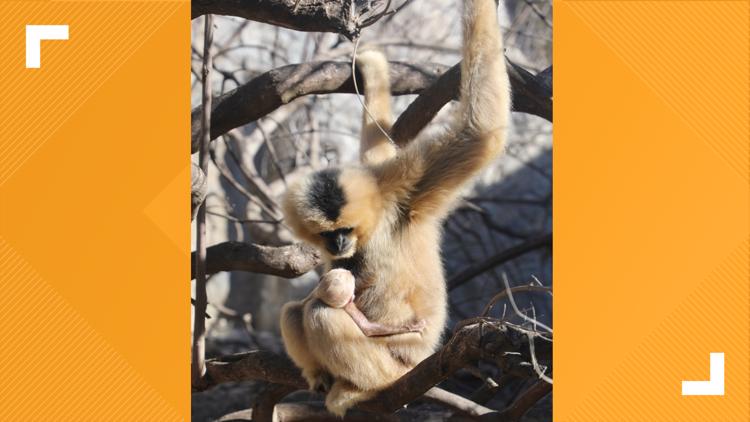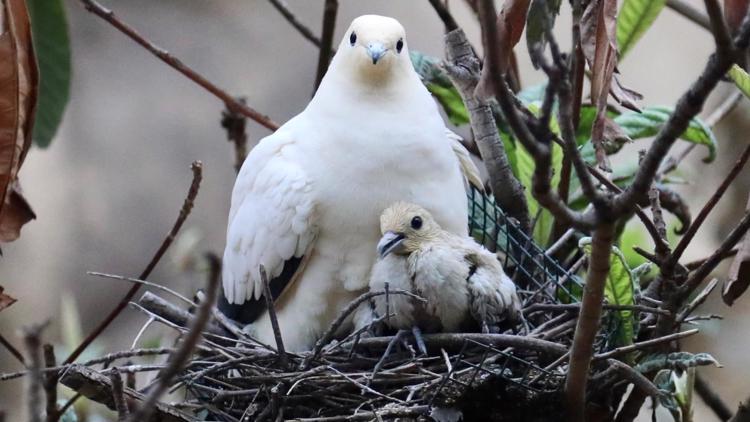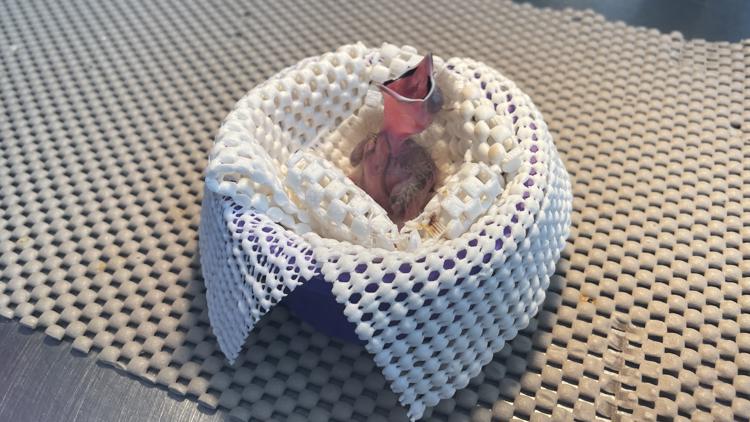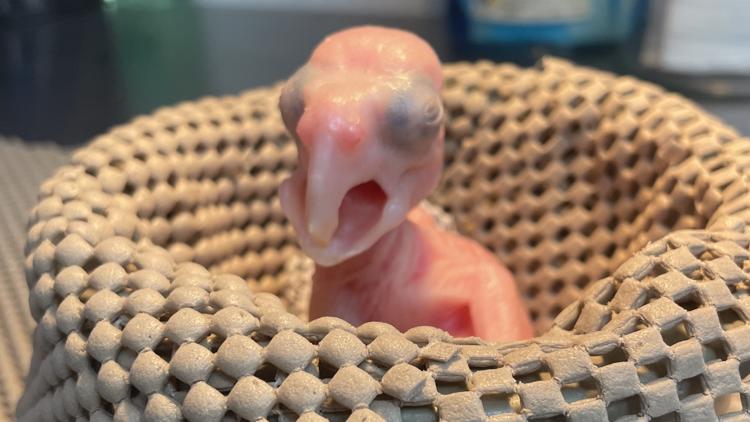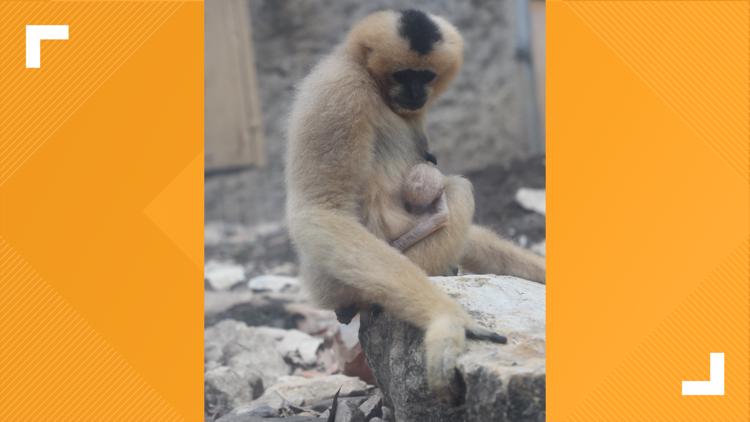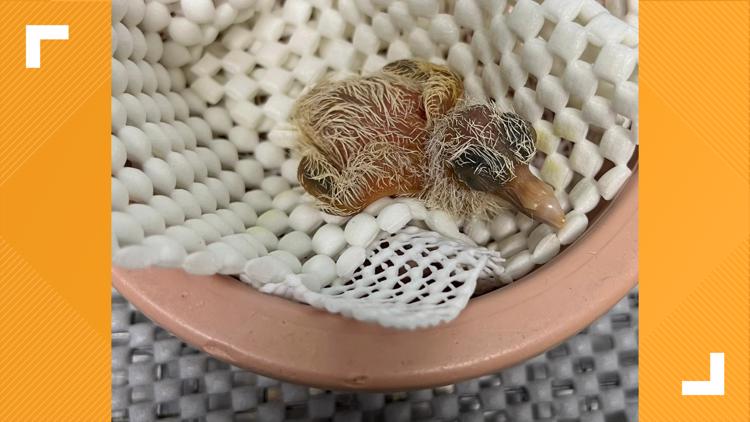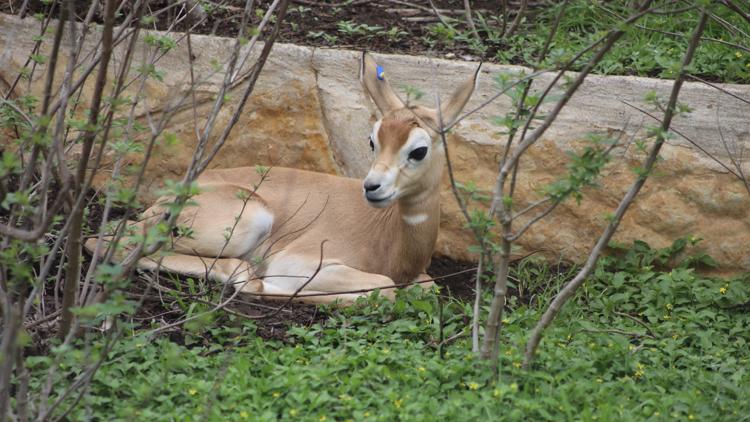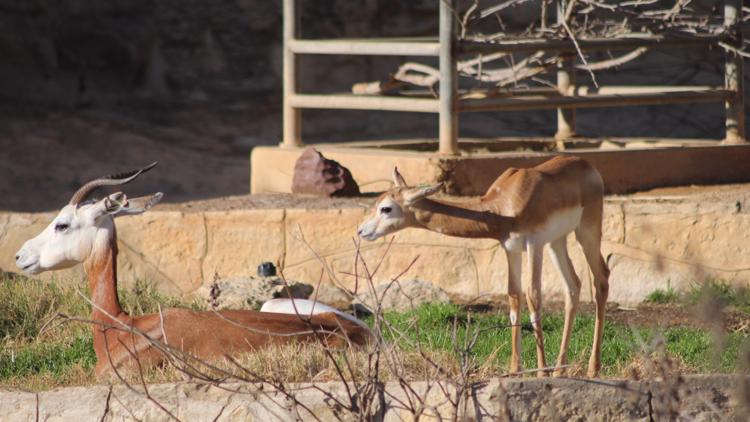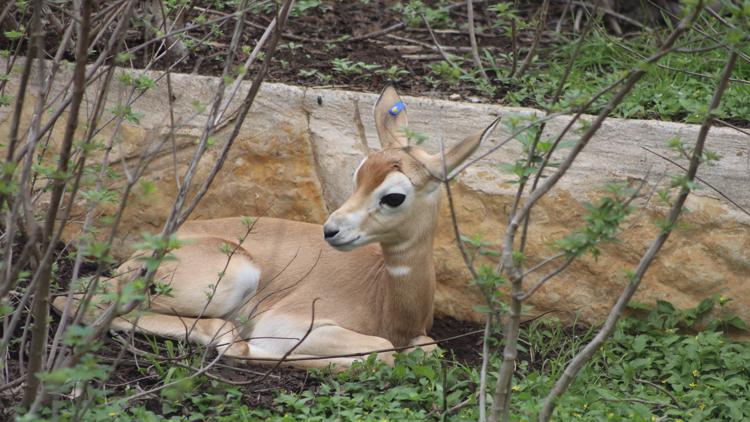SAN ANTONIO — There has a been a surge of new babies at the San Antonio Zoo and in honor of Mother’s Day they gave KENS 5 a look behind the scenes at how some of these newborns and hatchlings are being raised.
Holding a small plastic syringe up to the beak of a nestling flamingo, Animal Care Specialist Stephanie Brandon whispered: “Here you go, Poco.”
The syringe held a special formula that imitates a flamingo’s natural mothers’ milk. Brandon and other workers spent Sunday afternoon feeding many of the birds at the San Antonio Zoo.
Brandon pointed out that both flamingo mothers and fathers provide milk for their young. She said that when a flamboyance (colony) of flamingos has a new chick you can always spot the parents by their whiter color. She says the nutrients associated with their pink color get passed over to the baby.
"Parenting is a sacrifice," Brandon said.
Baby boom at the San Antonio Zoo
While some of the babies at the zoo are being raised by their mothers, others need the attention of surrogate caregivers like her.
"What better way to celebrate Mother's Day than with the arrival of all the new moms and babies at San Antonio Zoo,” said Tim Morrow, President & CEO of San Antonio Zoo. “Our recent baby boom is a momentous occasion for wildlife conservation, and a testament to the world-class care from the animal care staff at San Antonio Zoo.
“We look forward to this time of year because it's breeding season,” said Josef San Miguel, the San Antonio Zoo's Director of Aviculture.
San Miguel oversees the rearing of the birds who are hatched and raised at the Zoo.
“This is a time when we gather and get all our resources together and start raising babies," he said.
So far in 2023, the Zoo has seen 26 new babies, including an Addra Gazelle and a Northern White-Cheeked Gibbon, both from critically endangered species. They also welcomed three endangered Psychedelic Rock Gecko’s, four Palm Cockatoos, and two different species of Bird-of-Paradise.
San Miguel said this year there have been seventeen new arrivals in his department alone.
He says the more they can help these creatures reproduce, the easier it will be to help people understand the animals and world around them.
“Conservation helps animals in the wild, but it also helps our birds and all our animals in zoos to prosper for the future,” he said.

